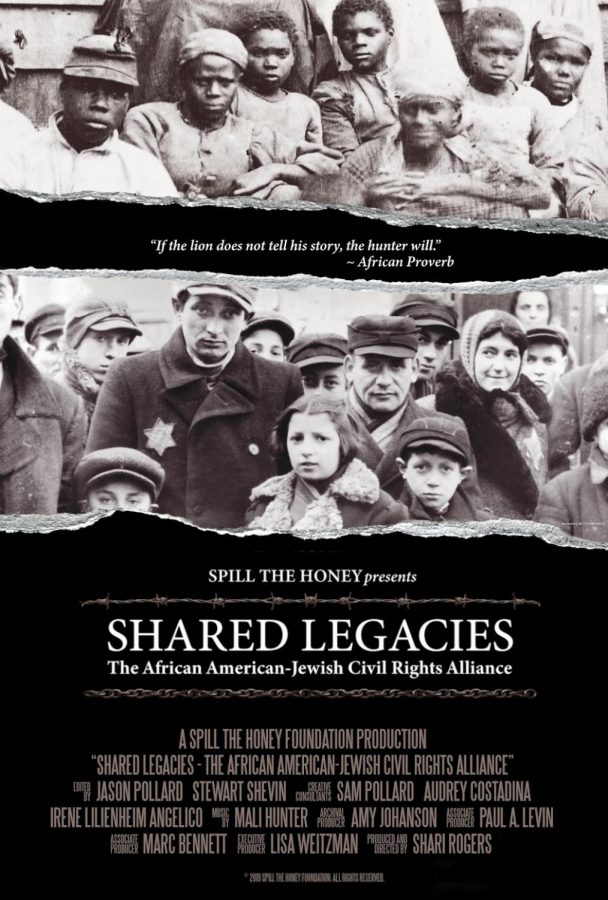Documentary about Black-Jewish relations depicts common struggles against injustice
Published November 12, 2020
When discussions turn to relations between Black and Jewish people within the civil rights movement, the story often told is of Martin Luther King, Jr. and Rabbi Abraham Joshua Heschel walking together on the Selma to Montgomery March for voting rights in 1965.
And while that photo and story certainly deserves all the attention it receives, the connection between the minister and the rabbi is only one among many between white Jewish and Black Christian clergy during the 1960s — and before and after that decade of seismic social change.
The new documentary “Shared Legacies,” directed by Shari Rogers, proves that. It uses a mix of archival footage and new interviews with civil rights leaders to illuminate how the two communities worked together because they felt that they were part of a common struggle against injustice. The St. Louis Jewish Film Festival will screen the film and host a virtual discussion with Rogers at 7 p.m. Sunday Nov. 15.
Rogers documents Black people’s experience during slavery in America and Jews’ experience in the Holocaust. She then traces the communities’ relationship through the 20th and 21st centuries, including the police shooting of Michael Brown in Ferguson and subsequent Black Lives Matter movement.
One of my favorite stories in the film is when in 1964, a group of 16 rabbis and one Jewish layperson answered King’s call to stage a protest in St. Augustine, Fla., against racial segregation and discrimination and were then arrested.
“I said to them, ‘Welcome. We’re glad to see ya,’” Rev. Fred Shuttlesworth, a civil rights activist, recalls in the film. “When white folks and Black folks start going to jail together, we’re really making progress.”
The rabbis had read King’s iconic “Letter from Birmingham Jail” and while in a cell together, decided to write a Jewish version, which inspired more Jews to join the civil rights movement.
“We came because we could not stand quietly by our brother’s blood,” the letter read. “We had done that too many times before. We have been vocal in our exhortation of others but the idleness of our hands too often revealed an inner silence; silence at a time when silence has become the unpardonable sin of our time. We came in the hope that the God of us all would accept our small involvement as partial atonement for the many things we wish we had done before and often.”
Despite their efforts together, the film also documents the fraying of the relationship recently and the impact tensions had on local leaders Rabbi Susan Talve of Central Reform Congregation and Rev. Traci Blackmon during the 2014 Ferguson protests. Both Talve and Blackmon are interviewed in the film.
The film leaves you wondering what the future holds for Black and Jewish people during these uncertain times.
“There are too many people living in fear,” the late U.S. Rep John Lewis said in the film. “If Rabbi Heschel and Martin Luther King Jr., were here today, I think they would be saying, ‘We need to pull together, for the generation yet unborn.’”















